Archives
- 2025-12
- 2025-11
- 2025-10
- 2025-09
- 2025-03
- 2025-02
- 2025-01
- 2024-12
- 2024-11
- 2024-10
- 2024-09
- 2024-08
- 2024-07
- 2024-06
- 2024-05
- 2024-04
- 2024-03
- 2024-02
- 2024-01
- 2023-12
- 2023-11
- 2023-10
- 2023-09
- 2023-08
- 2023-06
- 2023-05
- 2023-04
- 2023-03
- 2023-02
- 2023-01
- 2022-12
- 2022-11
- 2022-10
- 2022-09
- 2022-08
- 2022-07
- 2022-06
- 2022-05
- 2022-04
- 2022-03
- 2022-02
- 2022-01
- 2021-12
- 2021-11
- 2021-10
- 2021-09
- 2021-08
- 2021-07
- 2021-06
- 2021-05
- 2021-04
- 2021-03
- 2021-02
- 2021-01
- 2020-12
- 2020-11
- 2020-10
- 2020-09
- 2020-08
- 2020-07
- 2020-06
- 2020-05
- 2020-04
- 2020-03
- 2020-02
- 2020-01
- 2019-12
- 2019-11
- 2019-10
- 2019-09
- 2019-08
- 2018-07
-
XL184 australia MT SGL encourages a individual feature
2024-03-26

MT-SGL encourages (a) individual feature selection based on the utility of the features across all tasks with ℓ2,1-norm and (b) task specific group selection based on the utility of the group with G2,1-norm, i.e., XL184 australia regions of interest (ROI) for that task. Unlike basic SGL for regressi
-
br Introduction Diabetes mellitus DM is a chronic metabolic
2024-03-26
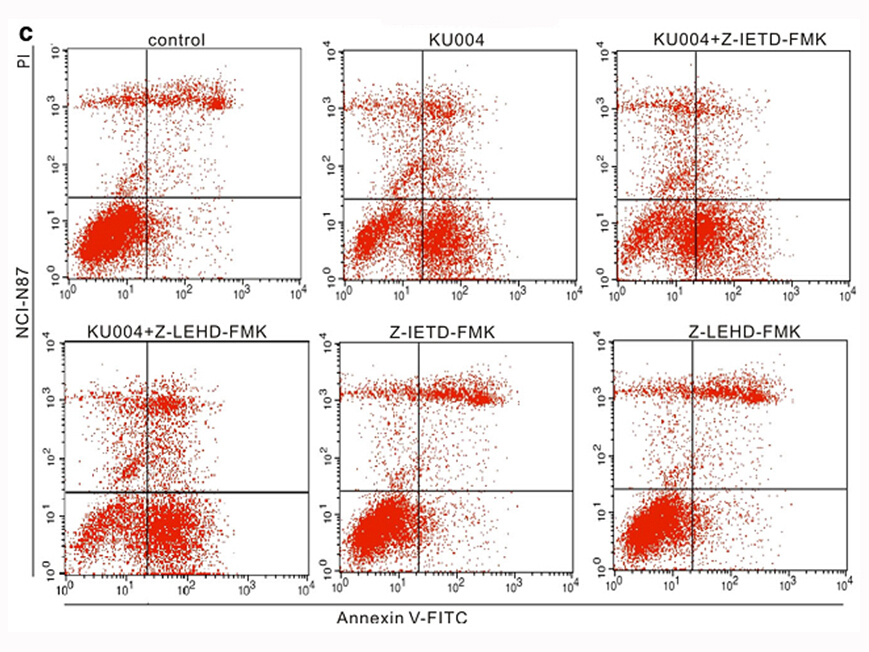
Introduction Diabetes mellitus (DM) is a chronic metabolic disorder characterized by elevated levels of glucose in the blood. Type 1 diabetes is characterized by insufficient insulin production and needs a daily administration of insulin. Actually, no prevention is known for Type 1 diabetes. Type
-
br Introduction Nausea and vomiting are among the most
2024-03-26
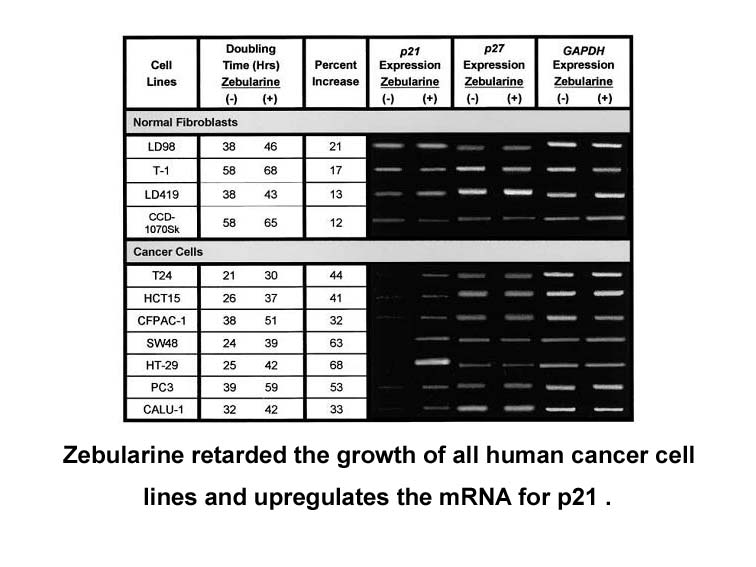
Introduction Nausea and vomiting are among the most distressing side effects associated with chemotherapy in cancer patients (Billio et al., 2010). Severe emesis can negatively affect a patient's nutritional state, ability to work and motivation, which can, in turn, interfere with the clinical co
-
br Discussion Here we focused on seven plant alkaloids extra
2024-03-26
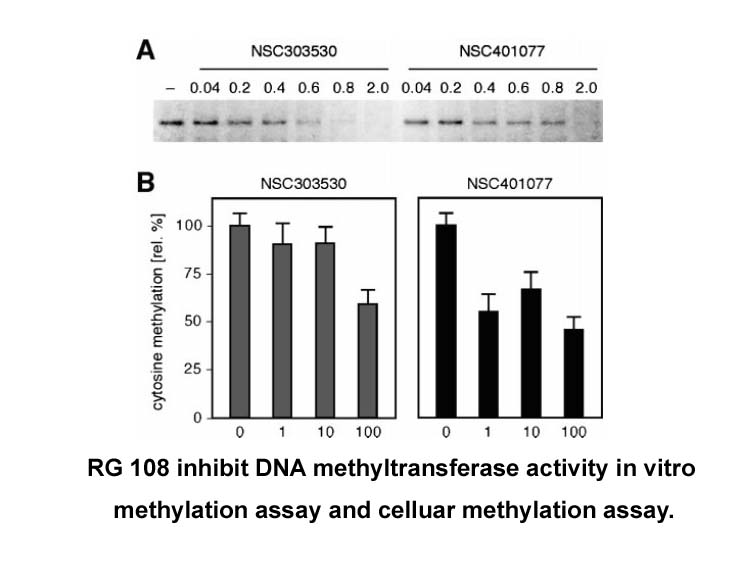
Discussion Here, we focused on seven plant alkaloids extracted from yokukansan. These alkaloids individually inhibited 5-HT-mediated 5-HT3A and 5-HT3AB receptor currents weakly. Simultaneous administration of these alkaloids, however, inhibited the 5-HT3A and 5-HT3AB receptor currents strongly. T
-
br Acknowledgments and Disclosures br
2024-03-26
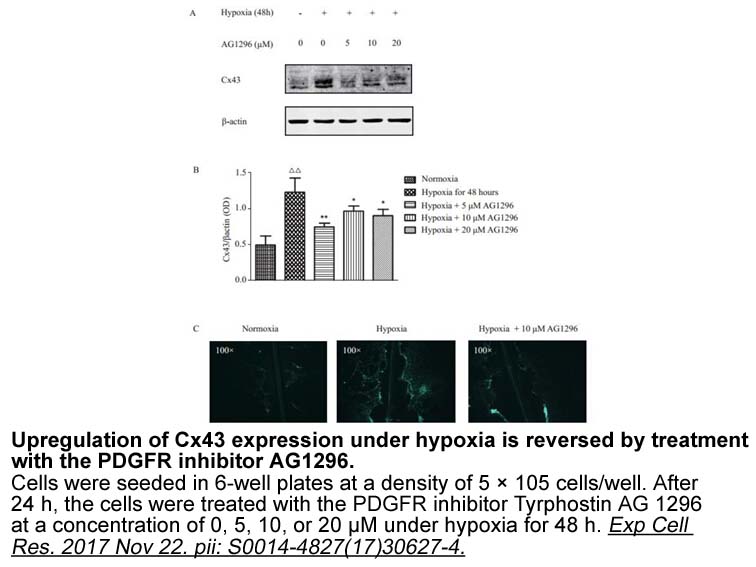
Acknowledgments and Disclosures Introduction In mammals, ejaculated sperm requires a finite period of residence in the female reproductive tract to become competent for fertilization (Visconti et al., 1995a, Visconti et al., 1995b). Once oocytes are matured, it is important for these cells to
-
Piroxicam Indanone and its analogues are useful intermediate
2024-03-26

1-Indanone and its analogues are useful intermediates for the synthesis of compounds some of which have applications as pharmaceuticals, especially as analgesic and antihypertensive as well as tobacco flavoring agents. Indanones are commonly used as starting agent for the synthesis of ninhydrin whic
-
For these reasons the role played by autophagy in
2024-03-25

For these reasons, the role played by autophagy in environmental neurotoxicity is not always easily determinable. Indeed, although the neuroprotective role of autophagy has been shown by several studies, sometimes induction of autophagy was associate with deleterious effects (Glick et al., 2010, Sri
-
Elevated expression of Aurora A and B
2024-03-25

Elevated expression of Aurora-A and -B frequently detected in a wide variety of human cancers strongly indicate that high expression of these kinases play roles in the development of cancer associated phenotypes. While Aurora-A has been shown to function as an oncogene when over expressed in mammali
-
Suspecting that ACL might regulate the expression or activit
2024-03-25
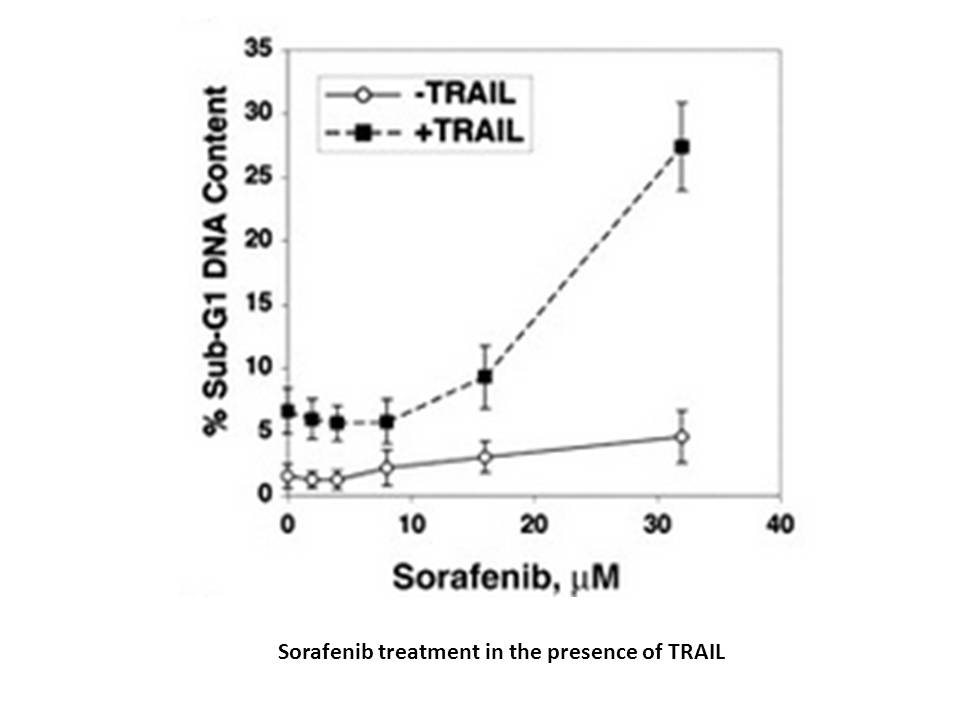
Suspecting that ACL might regulate the expression or activity of myogenic transcription factors, Das knocked down MyoD and found that such intervention abolished the effect of ACL on fast MyHC expression and that, conversely, MyoD overexpression partially rescued reduced fast MyHC expression caused
-
Then Autodock was employed for site directed
2024-03-25
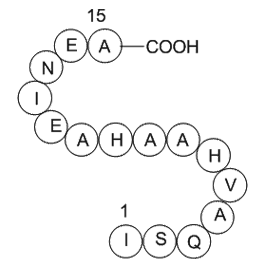
Then, Autodock4.2 was employed for site directed docking on AD with the ligands of the cluster(s) having high binding affinities in VS II experiment (Morris et al., 2009). Docking protocols were followed as per our earlier report with 200 GA (genetic algorithm) run (Kalani et al., 2015). Likewise, l
-
Hydrogen sulfide H S a colorless
2024-03-25
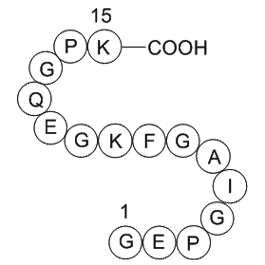
Hydrogen sulfide (H2S) [33], a colorless and water-soluble gas with the smell of rotten eggs, is now recognized as an important gasotransmitter, after the extensive study of nitric oxide (NO) and carbon monoxide (CO). H2S is produced endogenously via enzymatic reactions of cysteine, homocysteine and
-
Amyloid fibrils are insoluble high molecular
2024-03-25
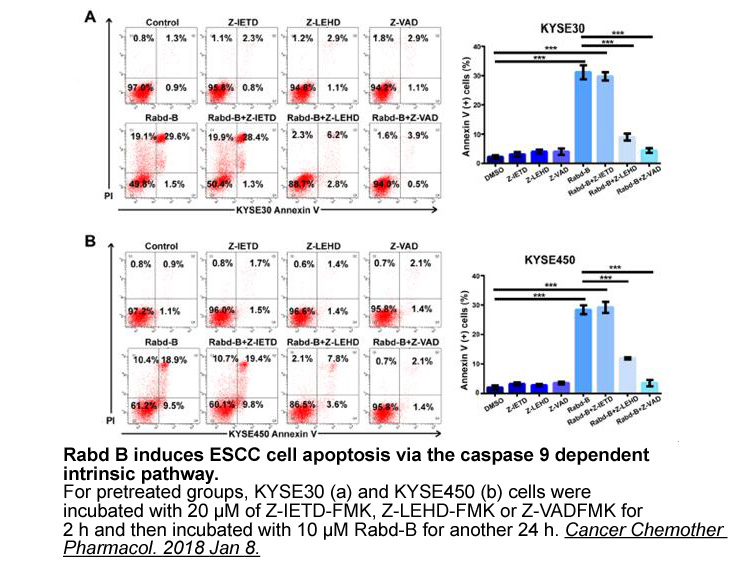
Amyloid fibrils are insoluble, high-molecular-weight, non-crystalline aggregates and traditional experimental techniques for structure determination such as X-ray and solution NMR cannot resolve their high resolution structures [64], [68]. However, amyloid fibrils exhibit various advantageous featur
-
As the close paralog of adiponectin we hypothesized that CTR
2024-03-25
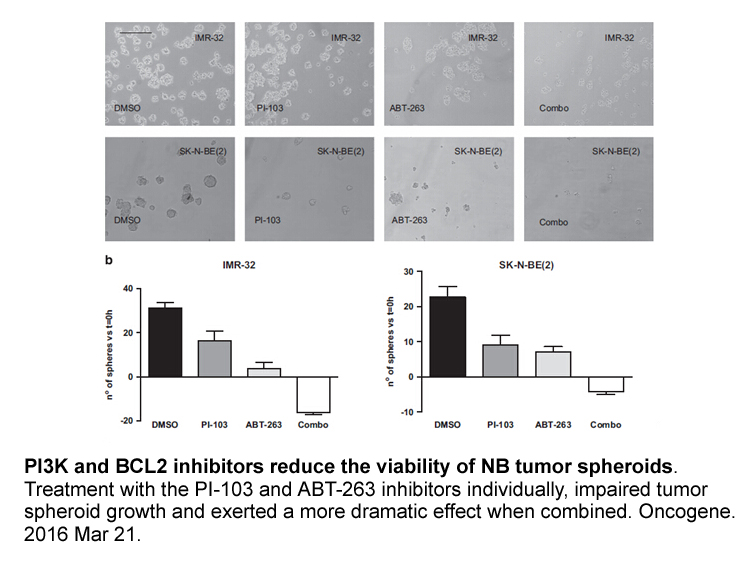
As the close paralog of adiponectin, we hypothesized that CTRP9 could participate in regulation of reproduction. In order to evaluate whether Ctrp9 plays a role in the control of reproduction in tilapia, i.p. injection experiment was performed. HPG (Hypothalamic/pituitary/gonadal) axis plays a key r
-
Introduction Microdialysis is an in vivo technique
2024-03-22
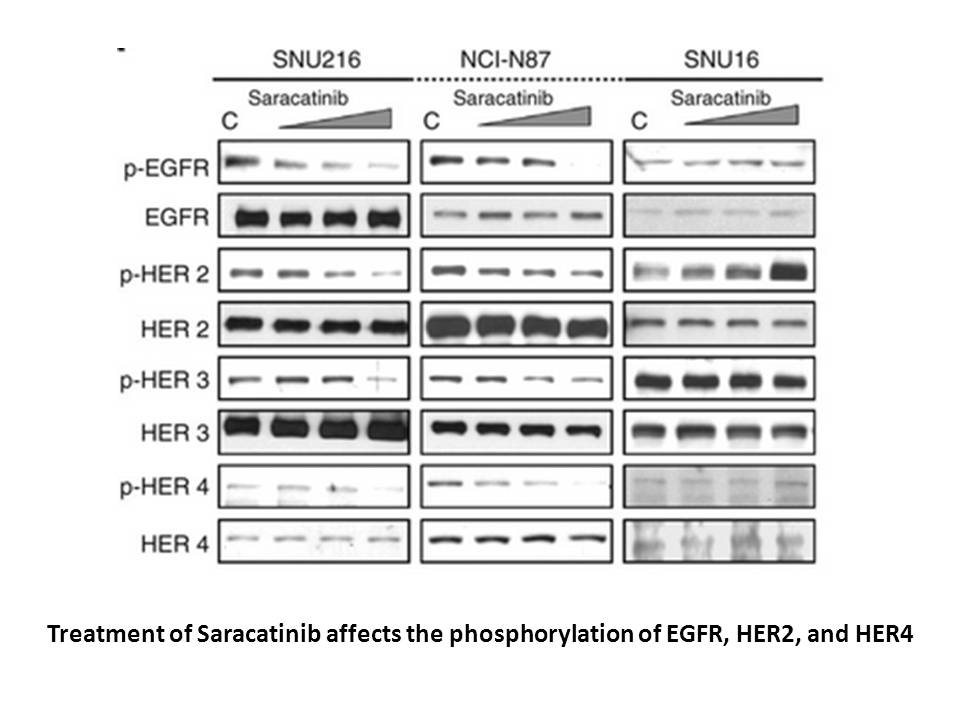
Introduction Microdialysis is an in vivo-technique which allows continuous sampling of small molecular weight substances (such as neurotransmitters, metabolites and neuropeptides) from the extracellular space of different tissues or organs, e.g. brain, muscle or skin. While the implantation of the
-
The knowledge on the structure
2024-03-22
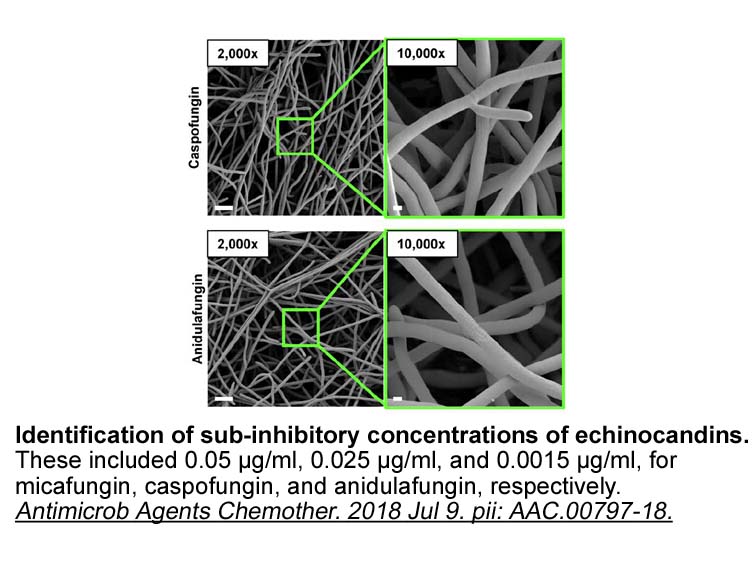
The knowledge on the structure of CYP17, including its active site, provides a rationale for understanding many mutations that are found in enzyme dysfunction in clinical disease as well as the enzyme's dual hydroxylase and lyase catalytic capabilities. This knowledge will assist rational drug desig
13249 records 182/884 page Previous Next First page 上5页 181182183184185 下5页 Last page